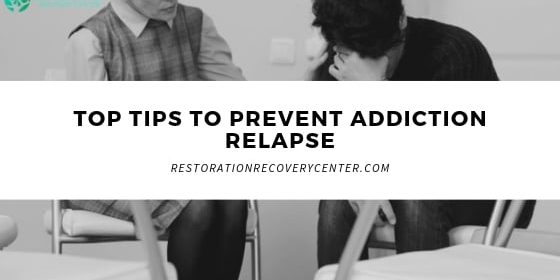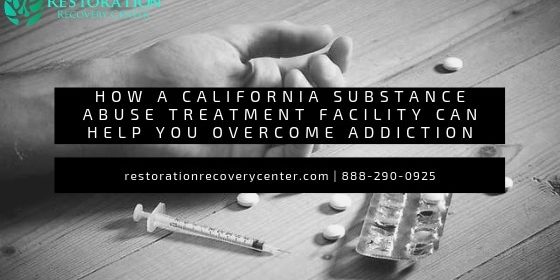The Difference Between PHP and IOP
When entering substance use treatment, you should consider whether you would like to enroll in a partial hospitalization program (PHP) or intensive outpatient program (IOP). Several factors influence this decision, including where you are in your recovery journey, affordability, and flexibility.
Understanding the differences between these two types of programs will help you decide what program might be the right for you. It will help you find a treatment program that is uniquely tailored to your needs—a program that will promote a successful recovery.
Partial Hospitalzation Program
Most hospitals and mental health treatment facilities offer partial hospitalization. You can use PHPs as an alternative to an inpatient program. Unlike inpatient hospitalization, PHP treatment allows you to experience a full day of care without needing to live at the facility. PHP treatments provide more assistance with acute withdrawal symptoms than IOP treatments. Most PHP treats mild to moderate substance use withdrawal symptoms.
Participating in inpatient treatment can create a recovery bubble that may make it more difficult to adjust to “the real world” once you complete the treatment. Living in your own home instead of on the facility’s premises can help you better adjust to an independent lifestyle post-treatment. You’ll spend more time building external sobriety resources and reconnecting with your support system.
Since you are not staying on the facility’s premises during PHP programs, they tend to be less expensive than inpatient programs too. PHP treatment can also help with relapse prevention after the completion of an inpatient program. This also makes the process of living independently smoother and more gradual.
Intensive Outpatient Programs
IOP treatment allows you to continue your daily activities while still treating your mental health disorders. Many people participate in IOP treatments after the completion of partial hospitalization or an inpatient program. Typically IOP treatment requires four to five sessions a week for about three hours a day. IOP treatment requires more hours a day than a typical therapy appointment but less than both PHP and inpatient hospitalization.
This can serve as a stepping stone in recovery because you can participate in your day-to-day activities while still having reliable therapy sessions to help you with distressing situations and prepare for life after treatment. You can be surrounded by a recovery community for longer, giving you more time to make connections with people who understand the experience of addiction.
Factors to Consider
It’s important to research different types of substance use programs thoroughly before committing yourself to one. There is no one-size-fits-all recovery plan. Some people might do both partial hospitalization programs and intensive outpatient programs. Some things to consider include the following:
- Stage in Recovery: When picking a treatment program, consider what stage in recovery you are in. Is this your first time in treatment? Are you experiencing withdrawal symptoms?
- Financial Stability: IOP treatments tend to be less expensive than PHP treatments. Your treatment should not drain your bank account because that will make life more difficult when you go back to live in the “real world”. If you’re struggling to pay anything for your treatment, Medicaid
- Flexibility: If you can’t afford to take large amounts of time out of your schedule you might be more attracted to IOP treatment than PHP treatment. You might have obligations that you can’t cut back on such as taking care of a loved one or dependent. Your job may not allow you as much time away for treatment. Attending an IOP is better than not attending treatment at all.
Making a Decision
There are pros and cons to every form of treatment, so it’s important to weigh your options. The choice isn’t only between PHP and IOP but also between different facilities. Every facility will have a different sense of community and a different set of rules. Some will offer holistic therapy modalities like yoga, meditation, hiking, or other therapeutic activities. Other facilities will stick to traditional therapies like cognitive-behavioral therapy (CBT), interpersonal therapy (IPT), and dialectical behavior therapy (DBT). The form of treatment you pick should also fit in with your life.
If you can’t afford to take large amounts of time out of your schedule then IOP might be the right fit for you. On the other hand, if you are still experiencing withdrawal symptoms and want more supervision then PHP treatment might be the better option. You might be interested in an inpatient or residential program if you have recently experienced a relapse and are looking for more supervision, and twenty-four seven care. You can consult your primary care doctor or mental health professional for help deciding which option best fits your needs.
Where you are in your recovery journey, flexibility, and affordability will help you decide on a treatment program that works for you. Different types of treatments might be more appropriate during different stages in your recovery process. Restoration Recovery Center offers programs for all stages of recovery including residential, partial hospitalization, intensive outpatient, and aftercare programs. We treat all forms of substance use disorder. We understand that everybody’s needs are different during their recovery, so we offer both holistic and traditional therapies. We encourage collaboration and active engagement as we develop your treatment plan. Our mental health professionals can help you discover purpose and meaning during your recovery journey. We can guide you on your journey to living a healthy, happy, and sober life. If you are ready to start a substance-free life, please call (888) 290-0925 to learn more about our programs.






